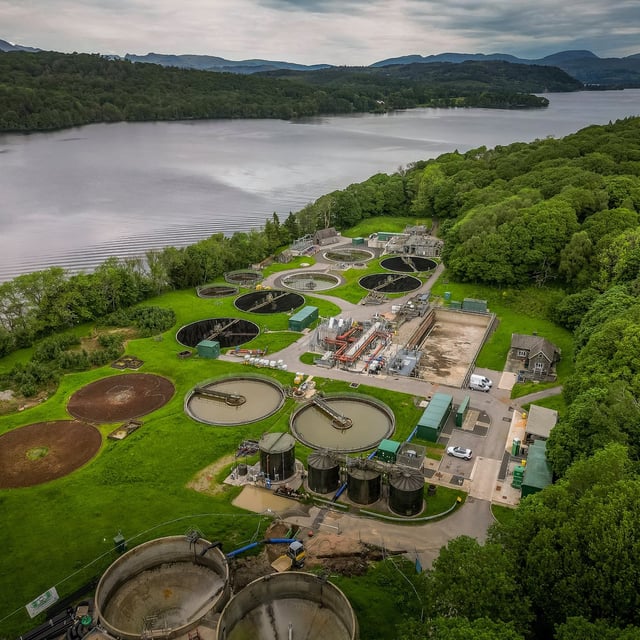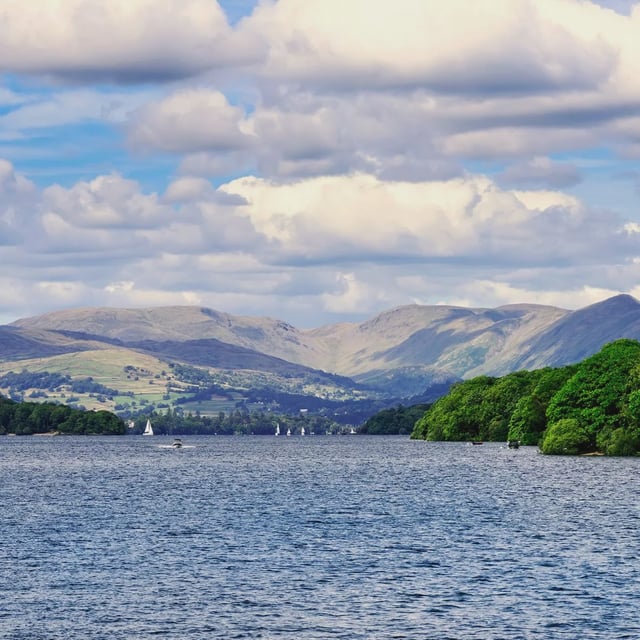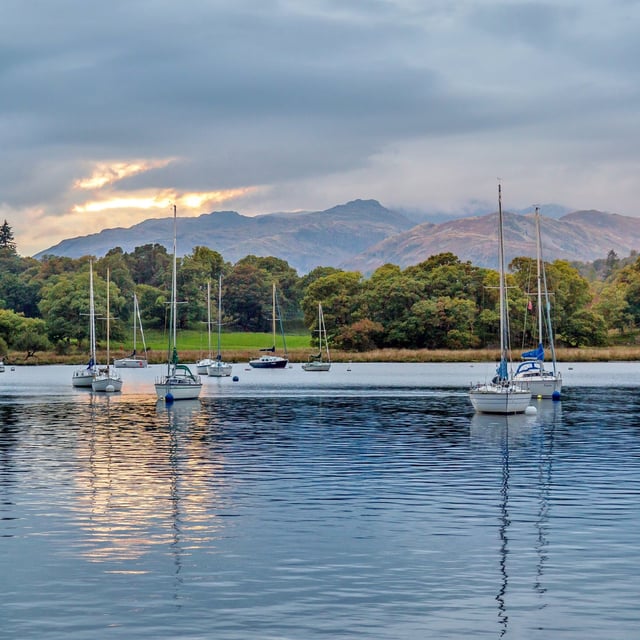Overview
- Sampling across more than 100 locations found many shoreline areas failed summer bathing-water standards for E. coli and intestinal enterococci, with the north-east, north-west and south-west basins worst affected.
- All shoreline sites recorded “moderate” phosphorus levels, exceeding the threshold for good ecological status and heightening risks of algal blooms that endanger species such as Arctic char.
- Hotspots included Bowness Bay—where bacterial medians were up to seven times higher than the lakewide figure—along with Waterhead, Millerground, Belle Isle, Mitchell Wyke Bay and sites near the River Leven outflow.
- Report authors cite treated and untreated sewage, agricultural runoff and private septic tanks as key sources, and they call for urgent investigations, expanded year-round monitoring and investment to upgrade wastewater systems.
- Defra reiterated its pledge to end sewage pollution into Windermere as United Utilities said it is investing in treatment upgrades and cutting storm overflows, responding to findings from 350 volunteers who gathered 1,020 samples between June 2022 and November 2024.


